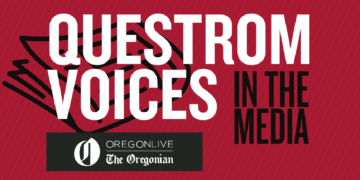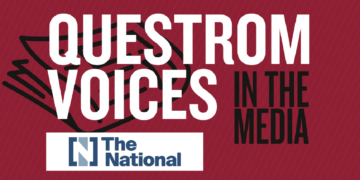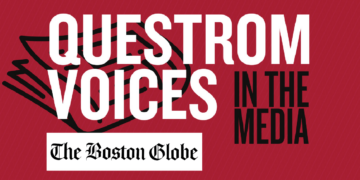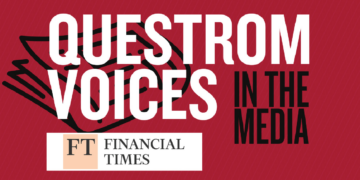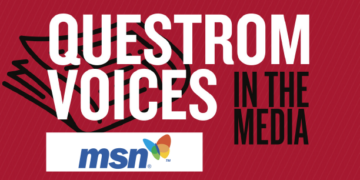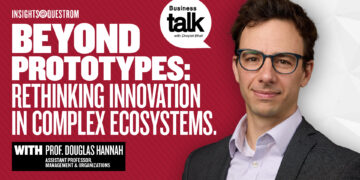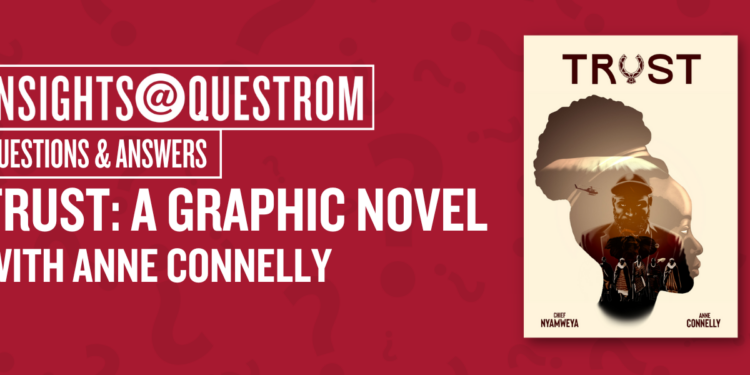
What is TRUST, and how did you first get the idea to develop it?
Anne Connelly: TRUST is a graphic novel and motion comic that teaches readers about blockchain technology using storytelling. Chief and I realized one of the best ways of getting information across is to help people see the use of that technology within the community they live in. We came up with a story about a young woman, Moraa, in a fictional African nation called “Wahengaland”. This community is experiencing ecological and cultural degradation due to centralized government structures. Throughout the course of the story, Moraa learns about Bitcoin and blockchain technology, along with its different applications. She uses this technology in maintaining community structure, protecting it from ecological and cultural destruction.
The idea was rooted in the fact that the blockchain industry is both very white and very male. We are not only lacking diversity in the developer pool, but we also are lacking developers. We need a huge amount of talent to come into the space to be able to grow in the way that we need to, ensuring that talent is representative of the whole world. We felt one of the best ways to have better inclusion of African talent was to expose as many people as we could to the idea of blockchain technology in hopes they would go onwards in that career. We have set the audacious goal of reaching 1 million readers with the book, making it free for anyone to access. Partnering with education institutions across Africa, readers can connect with these education centers in becoming proper developers or entrepreneurs in the space.
Chief Nyamweya: We first got the idea when Anne had mentioned wanting to make a graphic novel that would explain blockchain technology. I took time on my own and walked around looking for ideas and ways to create a story, and around that time, I came across examples of Maasai necklaces. I thought, “there must be a remarkably interesting way of combining this visual language with a novel concept and trying to bring the two together as an analogy.” I was inspired by films like The Big Short that explain complex ideas using stories.
TRUST is a collaborative effort between the two of you and Freehand Movement, the Kenyan digital arts studio that Chief leads. What role did he and Freehand play in its creation?
CN: First and foremost, Freehand Movement is a partnership between myself and my partner Sarah Mallia, who is an exceptional producer with a much better sense of time and project budgeting than I have! We work together as a studio with a team of animators, as well as other partners, acquiring the skills necessary for the creation of motion comics and graphic novels. Freehand Movement was a team effort that brought together all these various skillsets in the creation of TRUST.
AC: Chief is one of the most talented graphic artists in Africa right now. He and I met in 2016 at Singularity University, which is an education center for exponential technologies. Chief and his partner Sarah own Freehand Movement and they were instrumental in creating this project. Chief did all the art for this story while Sarah put together the entire motion comic; everything from storyboards, animations, voiceovers, to adding the sounds. We absolutely could not have done this project without them.
Why set your story in a fictional African nation instead of a real place?
AC: We chose to use a fictional African nation for a few reasons. First and foremost, we do not want to distract from blockchain education by inserting political statements or ideas about any country or its government. Most of all, we wanted anyone from any community, whether it’s African or anywhere else, to relate to what they read in the story. Creating this fictional nation makes it easier for people to connect with the characters even if they aren’t from the place we might’ve chosen.
CN: Because we can! Stories give us the freedom to imagine new places that do not have the constraints of our world. It is already very challenging explaining something like blockchain within an 80-page comic book without having to juggle the exact political, ethnic, and economic situation of a real country. It is a better way of controlling conditions and playing around with them.
A core message of TRUST seems to be that blockchain technology can do more than power cryptocurrency- it can reinvent the way political and cultural movements can organize and fundraise. Where are you seeing that happening right now?
CN: If we limited ourselves to blockchain powering more speculative assets than already exist in the stock markets, then it’s not interesting. Speaking for myself personally, the philosophical conflict that blockchain invites us to engage in is what I found to be most attractive. Decentralization versus centralization and this conflict is where you have a story. It’s a very lively conflict, even within the blockchain community. There are people who come down on either side and people who haven’t fully made up their minds whether decentralization is in fact a goal you want to go for in all circumstances, and inside that is where I found rich possibilities for the story.
An example that comes to mind is quadratic funding and ways of organized funding, along with the rules around community that neutralize the outside power of members that have more money than others to create some equity. It’s an interesting idea being played with, being able to program money and to program its usage.
AC: When people first learn about bitcoin and cryptocurrencies, I think they don’t appreciate the application it is going to have. People see it as this form of digital money but don’t understand the impact blockchain is going to have on the decentralization of many of the systems upon which we’ve built our societies. We’re starting to see some of those systems break apart, becoming more decentralized, which is very exciting to watch. Some of the research that has been done surrounding the blockchain sector is rolling out into real life places. For example, some of the work around quadratic voting is now being used in the Colorado legislature. We are also seeing groups that are doing decentralized energy now taking action in Kenya. We are on the cusp of the moment when we are going to start to see blockchain embedded in most of the underlying elements of our society.
Why is it important for blockchain education projects like TRUST to grow? What do you and Freehand Movement want to do to further blockchain education?
AC: Education is absolutely the first step to anyone getting on board with this technology. It is not inherently easy to understand; what’s more, most people don’t think about money or what type of structure forms the backend of what they do every day. We are seeing this trend arise where citizens are losing trust in the institutions that they historically had trust in, institutions like charities, government, or corporations. Blockchain is enabling people to get the benefits they previously had from such institutions and doing it in a way where trust is not needed. That education must be culturally relevant and demonstrate the practical ways this technology will impact their lives. The team and I, along with Freehand Movement, are excited to see what the uptake of the graphic novel is. We are hoping it will have an influence on the number of young Africans joining the blockchain industry. If so, I can see this expanding by looking into other stories we can tell replicating the same model we used. We could pull artists from all over the world that can directly communicate this basic blockchain education to their own communities.
CN: It’s important for TRUST to grow because education is the biggest barrier to adoption. If people don’t know about it, then there’s no future for blockchain. We cannot talk about it as an alternative if people can’t wrap their heads around it. This basic elementary step from taking people from zero to one is very important. We already have a deep acceptance of digital currency in Kenya. If people can just see the possibilities of cryptocurrencies and blockchain as a whole, then it would make adoption a lot easier, and the rest will follow from there.

